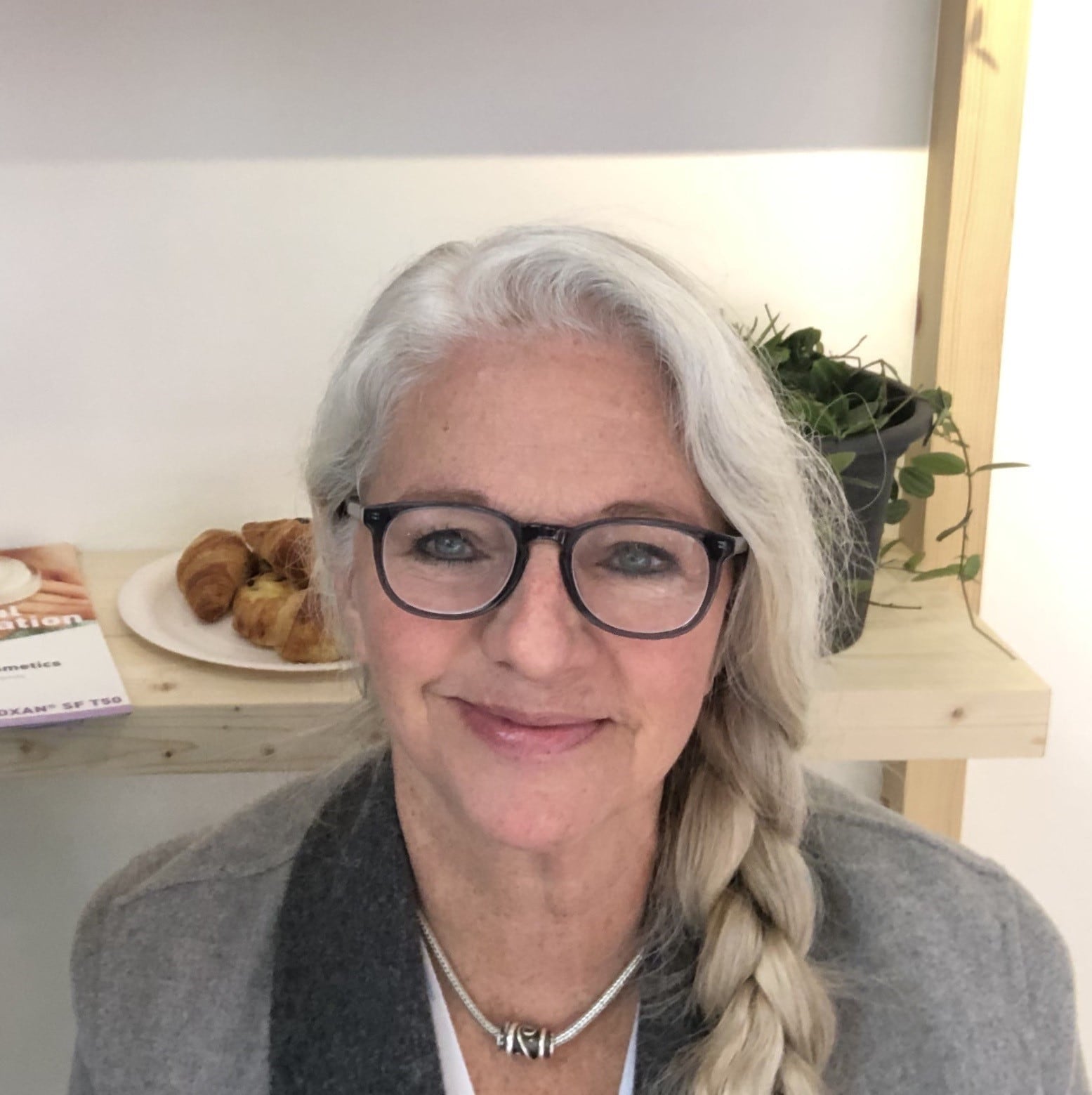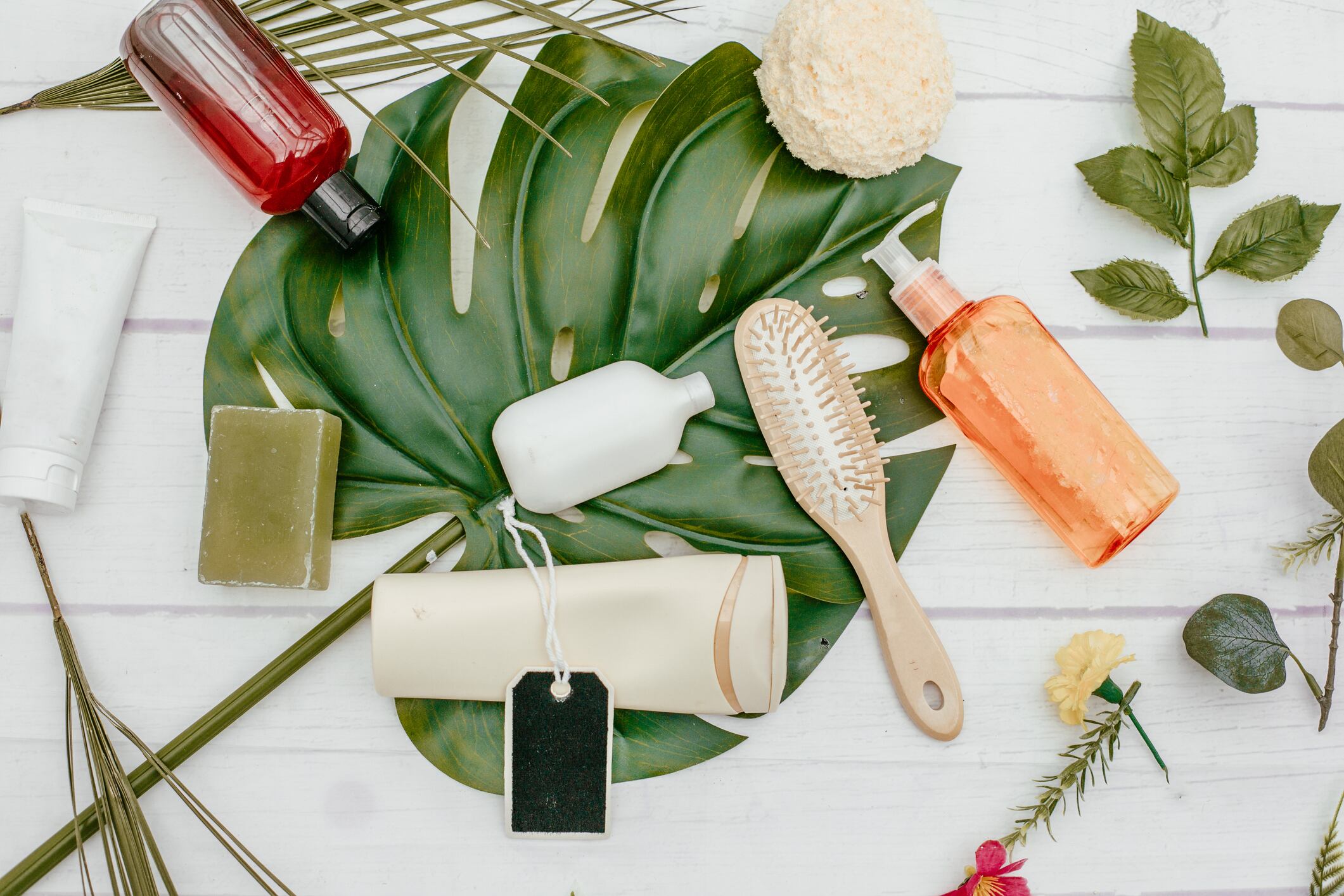Clean beauty has evolved on the back of consumer concerns over potentially toxic ingredients in the beauty and personal care products they buy, as well as the impact they many have on the environment. The movement is designed to help the growing band of conscious consumers identify products that are both good for their bodies and the environment.
But confusion over what clean beauty actually means is fueling a growing body of negative, and often inaccurate reporting on the subject that is throwing up a lot of questions. In this interview, Timmons reveals why this is happening, what can be done about it, and what the future might hold for clean beauty.
CDU: In your opinion, what is the whole intention of clean beauty?
GT: “Clean beauty” is like pornography - most people know it when they see it. While scientist may quibble about the vocabulary that consumers and retailers use, most of the players understand that consumers are searching for safer and more sustainable products and “clean” is an easy way to describe those two main criteria. That said, the criteria are in the category I like to call ‘continuing improvement’. We are all still learning a lot about what those criteria need to cover.
Do you think clean beauty is misunderstood? If so, how and why?
Consumers don’t misunderstand but many scientists do. Consumers are searching for solutions to their concerns. They are dealing with all sorts of problems in their lives and doctors are not really helping. A recent analysis of studies on the “Global Burden" of skin disease that covered 1990 to 2017 identified a 46.8% increase in skin diseases*. Acne at the top, eczema next, and on from there. We know we have increasing rates of cancer and kids with ADD and ADHD, all sorts of problems. Consumers see problems that they want to solve. The chemical industry and the personal care industry still seem a little disconnected from these concerns. Additionally, consumers are more aware of the sustainability issues around chemical production and the downstream effects. Chemists are comfortable with chemicals, but they frequently seem to treat them as separate from an integrated world.
What is being done to discredit the movement? Is it simply a matter of people getting pedantic over the wording behind clean?

Chemists and formulators are too focused on vocabulary and not asking “why” consumers are concerned. There is a plethora of scientists and “influencers” - often paid I might add - who rant on about “ chemicals are safe” but ”safe”, to them, is a very narrow window. They look at studies that are on a single set of subjects, do not incorporate accumulation, and do not include the impacts from the start to finish creation of the chemical. They have regulated ethoxylated ingredients in New York State because the ground water now has an excessive level of 1,4-dioxane - ethoxylates are the darling of the surfactant industry. They behave well in a formula and they are predictable and easy to use. They just add carcinogens to the ground water, something I have never heard a formulator mention.
Why is clean beauty under attack?
Chemists are comfortable with chemicals - they view them only from the test tube. They do not think about how the raw materials are secured, how the reactions that they are put through generate problematic by-products or the accumulative effects of 8.5 million people in New York City using multiple products then washing them down the drain daily - this doesn’t even consider other household products that go into our water systems. Of course, the real answer to the question you ask is always going to be “money”. The chemical industry has a lot of work to do to create safer, non-polluting, non-extractive chemicals. Research and investment cost money and they are just starting to feel enough pressure to make those investments.
What do you suggest will be the best approach to get everyone on the same page with clean beauty?
The best approach will be to clearly define the problems people are trying to solve. One cannot solve a problem that is not described. I suspect that after we make a list of the issues and start to explore them, we will see the interconnections and be able to define the problem that is being solved by this “clean” goal that somehow incorporates safety, environment, sustainability, packaging, etc. The brands, both large and small, need to come together with consumers, chemical companies, toxicologist, environmentalists, and personal care manufacturers. All the players need to understand the concerns, categorize them in terms of how they are best approached and share those common conclusions. Most advisory boards for regulation define a chair or two for each category of concern in an industry. Surely we have the resources to do something like that and then conduct listening sessions.
How do you see the future of clean beauty playing out?
Three big factors are at play. One is climate change: In general, as the availability of petrochemical by-products drop in volume (EVs) and increases in price, the chemical companies will be forced to find new solutions. Secondly, the EU will have a big impact: they are adding chemicals to the list of prohibited chemicals as we speak. Third, the clear shift from big retail to small brand B to Cs has made it clear to those big brands what consumers are looking for in terms of safety and sustainability.
My final thought: sustainability starts with the raw material, plants from farms that are improving soil, increasing carbon sequestration, avoiding air, water and soil pollution and providing a truly renewable resource. Then that raw is being processed using the 12 Principles of Green Chemistry (Warener and Anazsas, 1998). It just is not that hard to see where we need to go. It does seem hard to get there though.
Rachel L. Giesey, Sino Mehrmal, Prabhdeep Uppal, Gregory R. Delost

